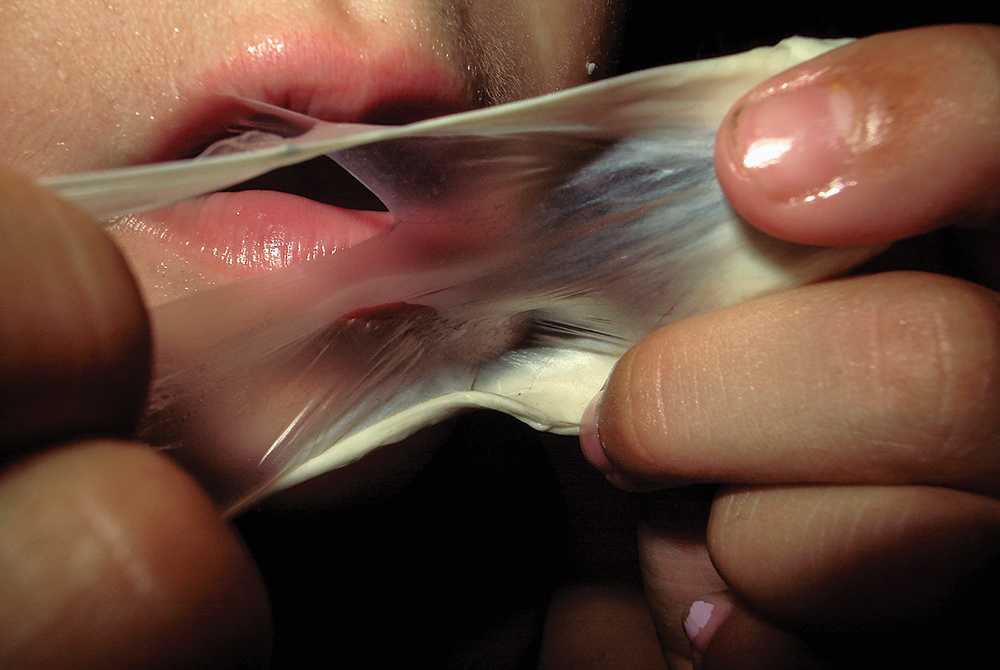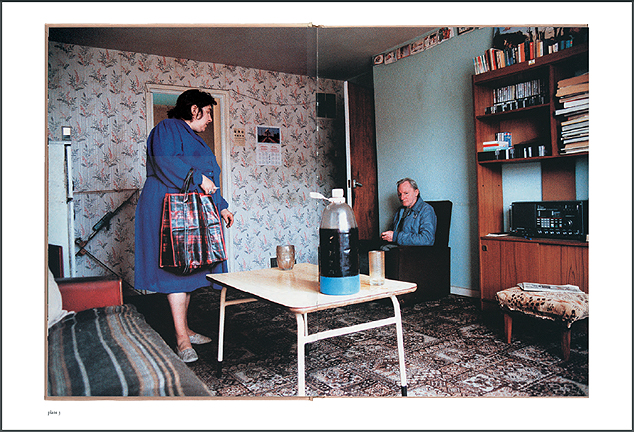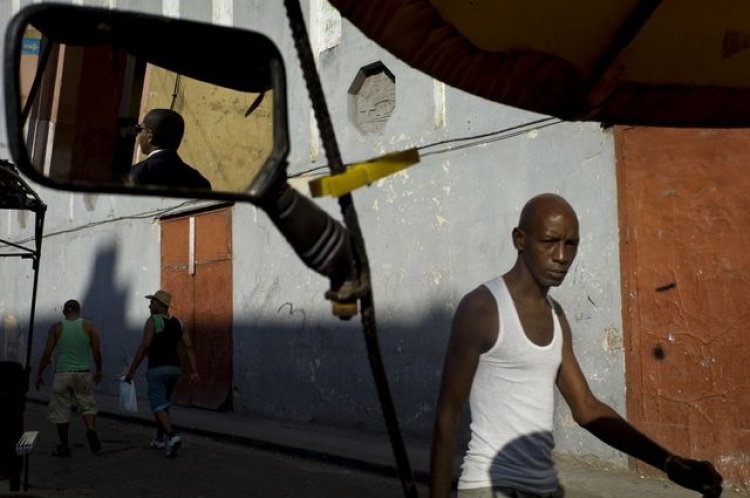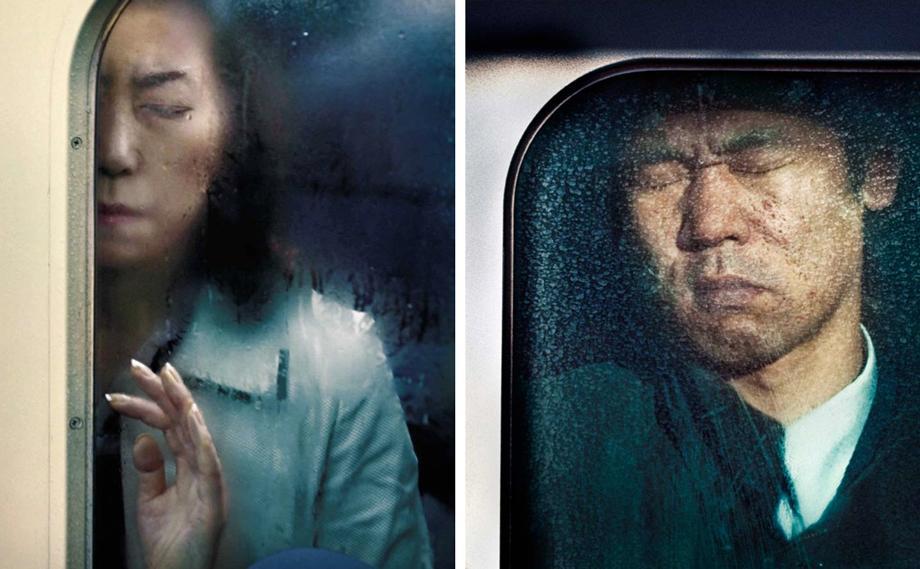Candid / informal Portraits
Candid portraits tend be more natural, flowing, unplanned and may even be a form of street photography at times. Candid portraits are not staged or formal. You should aim to capture the essence of the person you are photographing, say something about them or the moment they are caught in…

Candid Photo-Shoot
- Take a set of photographs that shows your understanding of CANDID PORTRAITS
- Remember…your subject (person) DOES NOT need to be engaging with the camera and this kind of photo should not be staged or “set-up”
- Then look to create a contrast between your environmental portraits and candid portraits…maybe try photographing the same person / people and then juxtaposing the images (to compare and contrast)
- Then select your best 5-10 images and create a blog post that clearly shows your process of taking and making your final outcomes
- Deadline = Mon 23 November


Street Photography



Street photography is photography conducted for art or enquiry that features unmediated chance encounters and random incidents within public places.
Street Photography is a sub-genre of photojournalism…
Street photography does not necessitate the presence of a street or even the urban environment. The concept of the “flaneur” or people watcher is often referred to street photographers
This image below was taken in Seville at the beginning of Henri Cartier-Bresson’s career as a photographer. It has a strong geometric form. The viewer sees the gang of boys through a large hole in a wall which frames the scene. Without knowing the date of the image one might guess that it was taken during the Spanish Civil War (1936–9) or afterwards. The fact that it was taken in 1933 gives it a strange sense of premonition; the boys are playing at war in the ruins of a war that has not yet happened.

Blog Post 1 : Define, describe and explain street photography.
Include images, moodboards, hyperlinks to relevant articles and URLs and add a video or two on street photography if you can
Take care in your choice of images…browse the list of street photographers below and choose from the work to “speaks” to you…
Aim to show knowledge and understanding of how street photography can reflect the life / lifestyle / politics / history / social class of an area or group of people…
Do the images make a statement…or ask a question?
About a person, or about society?


Blog Post 2 :
Henri Cartier – Bresson and
“The Decisive Moment”
Create a blog post / case study about Henri Cartier-Bresson that includes…
- Brief biography
- Mood-board of key images
- Select one image and apply Technical | Visual | Contextual | Conceptual analysis (image analysis)
- His contribution to MAGNUM Photo Agency
- Add any other relevant research / insights
Then Compare and Contrast Cartier- Bresson to one (or more) of the following street photographers…
- William Klein
- Diane Arbus
- Vivian Maier
- Robert Frank
- Bruce Gilden (see below)
- Martin Parr
- Saul Leiter
- William Eggleston
- Gordon Parks
- John Bulmer
- Trent Parke
- Garry Winogrand
- Raghubir Singh
- Lee Friedlander
- Joel Meyerowitz
- Tony Ray-Jones
- Bill Owens
- Fred Herzog
- Alex Webb
- Ernst Haas
- W.Eugene Smith
- Robert Doisneau
- Brassai
- Weegee
Discuss in detail the differences / similarities / intentions / outcomes and, of course, the photographers’ technical and visual approaches





Blog Post 3 : Practical Response + Photo-shoot
- Add your contact sheet
- Choose 3-5 images to develop as final outcomes
- show your editing process
- qualify your choices and present them in a suitable format
Technique : Taking street photographs
- Get more involved (talk to people)
- Stay with the subject matter (be patient)
- Take simpler pictures
- See if everything in background relates to subject matter
- Vary compositions and angles more
- Be more aware of composition
- Don’t take boring pictures!
- Get in closer (use 50mm lens or less)
- Watch camera shake (shoot 1/125 sec or above)
- Don’t shoot too much!!!
- Not all eye level : try holding the camera at waist level
- No middle distance in your pictures
Article on Trent Parke’s Techniques
Article On Japanese Street Photography below
Bruce Gilden
‘What do artists do all day?’ – Dougie Wallace, Featured on BBC. from Wren Agency on Vimeo.
Think | Answer | Discuss
- What are you expecting to see / encounter on your own photo-shoot?
- How do you think you will deal / cope with your expectations?
- Can you devise a photo-shoot plan for street photography?
- What would include / exclude in your plan?
- Remember to be respectful to others
Suitable locations to position yourself…
- airport
- bus stations
- cafes
- restaurants
- street corners
- doorways / entrances
- steps / stairways
- road crossings
- shopping centres
- supermarkets
- markets
- harbour terminal
Follow this 10 Step Process and create a series of blog posts to ensure you tackle all Assessment Objectives thoroughly :
- Mood-board, definition and introduction (AO1)
- Mind-map of ideas (AO1)
- Artist References / Case Studies (must include image analysis) (AO1) re : environmental and candid portraits
- Photo-shoot Action Plan (AO3)
- Multiple Photoshoots + contact sheets (AO3)
- Image Selection, sub selection (AO2)
- Image Editing/ manipulation / experimentation (AO2)
- Presentation of final outcomes (AO4)
- Compare and contrast your work to your artist reference(AO1) and show analysis of at least 1 of your images
- Evaluation of your images, process and Critique of your final outcomes(AO1+AO4)

Photoshoot Deadline = Wednesday 25th November
